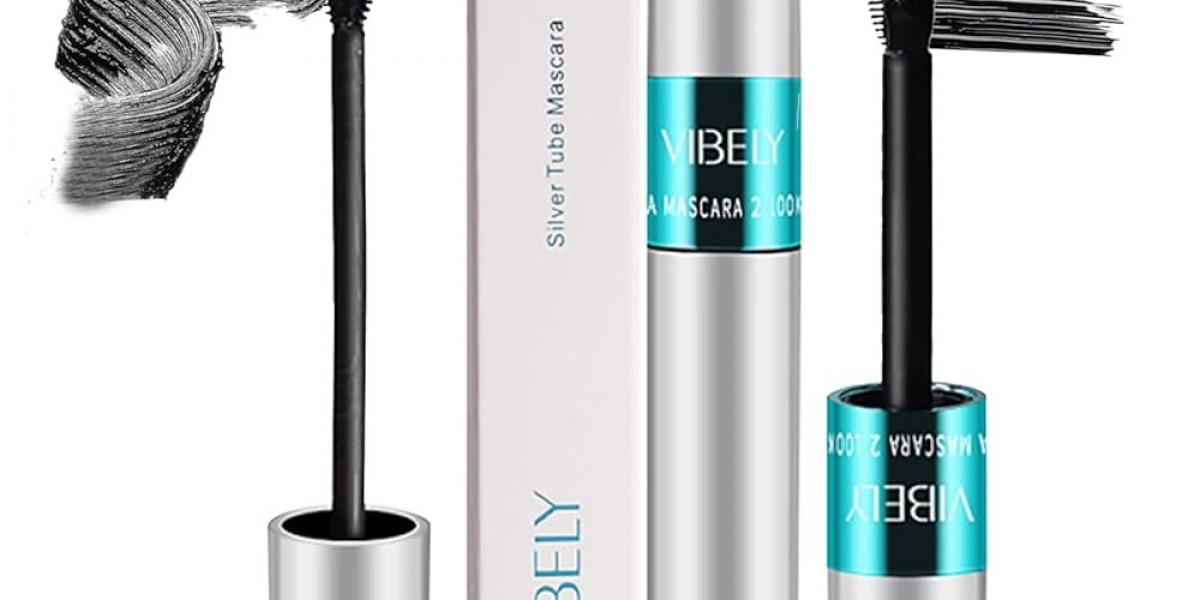Market Overview / Executive Summary
The global kids’ storage furniture market is on a steady growth trajectory as parents, schools, and childcare providers prioritize organization, safety, and aesthetics in children’s spaces. Valued at USD 32.71 billion in 2022, the market advanced to an estimated USD 34.32 billion in 2023 and is projected to reach USD 55.13 billion by 2032, reflecting a 5.41% CAGR (2023–2032). Demand is being shaped by the convergence of children’s storage solutions that blend form and function, the expansion of online retail and D2C brands, and growing awareness of ergonomic, sustainable, and safety-certified products. Leading players—including Williams Sonoma, Million Dollar Baby, Wayfair, Blu Dot, FirstCry, KidKraft, Sorelle Furniture, Circu Magical Furniture, Crate & Barrel, and Casa Kids—are responding with modular collections, eco-friendly materials, and customizable designs that evolve with a child’s needs.
Four market forces stand out: the proliferation of smaller urban homes fueling space-saving furniture, the surge in design-led nursery furniture for new parents, the practicality and affordability of toy organizers suitable for multipurpose rooms and classrooms, and a decisive shift toward circularity and non-toxic materials. Together, these dynamics are redefining how families outfit bedrooms, playrooms, and learning environments.
Key Market Growth Drivers
1) Urbanization and compact living:
Smaller living spaces heighten the need for smart storage. Stackable bins, under-bed drawers, wall-mounted cubbies, and convertible benches with hidden compartments deliver utility without crowding. Vendors that engineer modular systems—expanding from toddler to tween—gain repeat purchases as families trade up instead of replacing.
2) Child safety and quality standards:
Parents increasingly demand rounded edges, tip-resistant dressers, anti-tip hardware, low-VOC finishes, and FSC/PEFC-certified woods. Compliance with global standards (e.g., stability, finish, and durability criteria) is now a core value proposition, not a differentiator. Brands that proactively test and clearly communicate certifications are rewarded with trust and higher basket sizes.
3) Aesthetic personalization and “room-as-a-theme”:
Social media, décor blogs, and retailer visual merchandising have made cohesive children’s rooms aspirational. Coordinated storage (cubbies, bookshelves, bedside units, and wardrobes) in pastel palettes or bold primary colors lets parents build curated looks. Customizable labels and name plates on toy organizers also help children learn categorization and responsibility.
4) E-commerce acceleration and omni-channel logistics:
The convenience of online browsing—360° imagery, AR placement, and fast shipping—has expanded the category’s reach. Buy-online-pickup-in-store (BOPIS), scheduled assembly, and white-glove delivery further reduce friction. Strong last-mile capabilities and flat-pack engineering have become strategic levers for growth.
5) Sustainability and material innovation:
As eco-conscious parenting rises, demand is climbing for responsibly sourced wood, recycled plastics, water-based paints, and long-life hardware. A growing number of companies offer take-back programs or design for disassembly, positioning themselves for the circular economy and garnering brand loyalty.
Explore The Complete Comprehensive Report Here:
https://www.polarismarketresearch.com/industry-analysis/kids-storage-furniture-market
Market Challenges
1) Price sensitivity and cost volatility:
Fluctuating timber and logistics costs compress margins. Consumers often compare prices across marketplaces, pressuring brands to balance quality with affordability. Private labels intensify competitive pricing, particularly online.
2) Safety recalls and regulatory complexity:
Any safety lapse (e.g., unsecured dressers) can trigger recalls, penalties, or reputational damage. Meeting multiple regional standards adds complexity to product development and QA processes.
3) Differentiation in a crowded market:
With many lookalike products, brands must distinguish via design patents, exclusive finishes, smarter assembly, and integrated accessories (e.g., magnetic labels, soft-close hinges, cable management for desk hutches).
4) Returns, damages, and assembly experience:
Large-item shipping, stringent return windows, and at-home assembly challenges can erode customer satisfaction and unit economics. Clear instructions, QR-code video guides, and robust packaging are vital.
Regional Analysis
North America:
A mature but innovation-friendly market where safety certifications, brand credibility, and customer service carry significant weight. Omni-channel leaders capture share through curated assortments and value-added services (assembly, room planning). Premium segments—designer nursery furniture and bespoke carpentry—remain resilient.
Europe:
Strong sustainability ethos drives demand for eco-certified woods and low-emission finishes. Compact urban housing favors modular wardrobes, stackable boxes, and under-bed storage. Design-forward brands emphasize minimalism and multifunctionality, with higher adoption of wall-mounted units to free floor space.
Asia-Pacific:
Fastest-growing region, propelled by urbanization, rising middle-class spending, and digital retail. Markets such as India and Southeast Asia see robust demand through marketplaces and specialty retailers like FirstCry. Versatile children’s storage solutions at mass and mid-premium price points dominate, while affluent urban households adopt premium designer pieces.
Latin America:
Macroeconomic variability shifts consumers toward durable, mid-priced storage with simple assembly. Local manufacturing and flat-pack formats help manage shipping costs. Growth opportunities exist in modern retail channels and online marketplaces.
Middle East & Africa:
A smaller but expanding market with demand concentrated in urban centers and expat communities. Preference leans toward sturdy materials, easy-clean finishes, and flexible storage for multi-child households. Retail expansion and online penetration will unlock incremental growth.
Competitive Landscape and Company Highlights
- Williams Sonoma: Leverages premium craftsmanship and cohesive collections across kids’ categories, integrating safety features and curated aesthetics for upscale consumers.
- Million Dollar Baby: Specialist in nursery furniture—cribs, dressers, and changing tables—often paired with coordinated storage solutions and safety-first design.
- Wayfair: Broad, price-transparent assortment spanning private label and third-party brands; strength in logistics, imagery, and customer reviews.
- Blu Dot: Design-centric brand with clean lines and durable finishes; appeals to style-conscious buyers seeking long-life storage pieces.
- FirstCry: Leading kids’ retailer in India with extensive online and offline presence; offers accessible price points, bundled deals, and localized logistics that support rapid growth.
- KidKraft: Recognized for play-focused storage—book displays, toy bins, and themed units—bridging function and imaginative play.
- Sorelle Furniture: Traditional craftsmanship in nursery furniture and case goods, emphasizing tip-resistance and long-term durability.
- Circu Magical Furniture: Ultra-premium, whimsical designs that transform rooms into themed experiences; niche but high-margin segment.
- Crate & Barrel: Modern aesthetics and quality materials, plus strong visual merchandising that encourages whole-room solutions.
- Casa Kids: Bespoke, space-optimized carpentry—bunks, loft beds, and integrated cabinetry—tailored to urban apartments and micro-spaces.
Product & Channel Trends
- Modular systems and grow-with-me designs: Starter sets that later add drawers, shelves, or wardrobes extend product lifespan and lifetime value.
- Space-saving furniture: Lofted beds with built-in dressers, fold-away desks, and bench seating with interior storage are popular for city living and shared rooms.
- Materials and finishes: Rise of responsibly sourced wood, powder-coated steel for longevity, and soft-close hardware. Water-based paints/finishes align with non-toxic preferences.
- D2C plus marketplace strategy: Brands use owned sites for storytelling and bundles, while marketplaces provide scale, discovery, and price comparison.
- In-home services: Assembly, mounting, and room planning reduce friction and increase average order values.
Strategic Recommendations for Stakeholders
Brands & Manufacturers:
Prioritize safety-led design and transparent certifications; invest in modular platforms that minimize SKUs but maximize configurations. Build “good–better–best” price ladders, and differentiate with tactile finishes, rounded corners, and soft-close mechanisms. Consider take-back or refurbishment programs to address sustainability and unlock repeat purchases.
Retailers & Marketplaces:
Curate by use-case (small-space bundles, playroom kits, homework stations). Enhance product pages with AR, dimension visualizers, and video assembly guides. Offer tiered delivery/assembly options and loyalty programs that reward multi-room purchases.
Supply Chain & Operations:
Design for flat-pack resilience and quick assembly. Diversify suppliers of key materials to manage volatility. Standardize hardware across collections to streamline replacement parts and after-sales service.
Conclusion
With USD 34.32 billion in 2023 revenue and a forecast to USD 55.13 billion by 2032 at a 5.41% CAGR, the kids’ storage furniture market is evolving from basic bins and bookcases to integrated, design-forward ecosystems that grow with the child. Leaders will win by combining safety-first engineering, circular materials, and delightful aesthetics with seamless omni-channel experiences. As urban living intensifies and families seek order, inspiration, and longevity from their purchases, brands positioned at the intersection of children’s storage solutions, nursery furniture, toy organizers, and space-saving furniture will capture the next decade of growth.
More Trending Latest Reports By Polaris Market Research:
Field Programmable Gate Array (FPGA) Market
Clinical Trial Biorepository & Archiving Solutions Market
Bio-Based Polypropylene in Medical Devices Market
Medical Polyetheretherketone Market
Clinical Trial Biorepository & Archiving Solutions Market
Test and Measurement Equipments Market
Bioanalytical Testing Services Market








